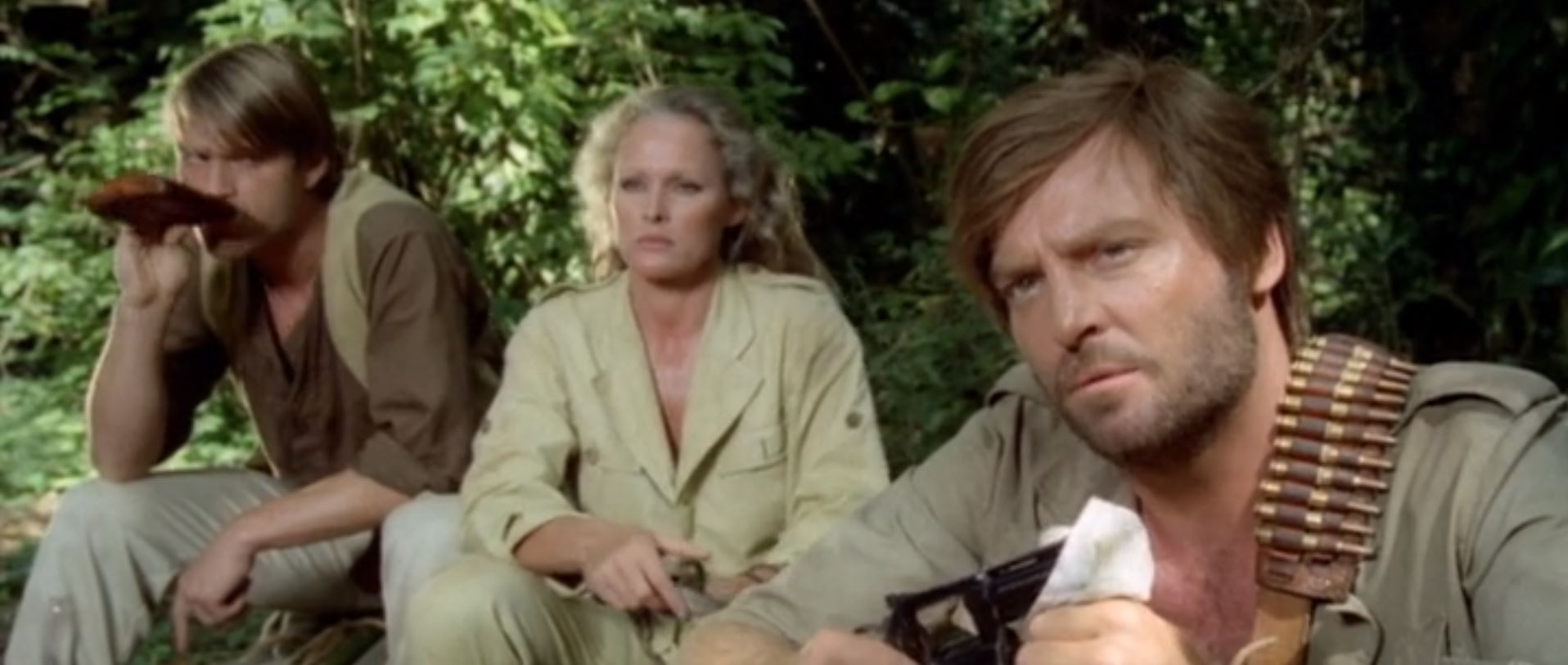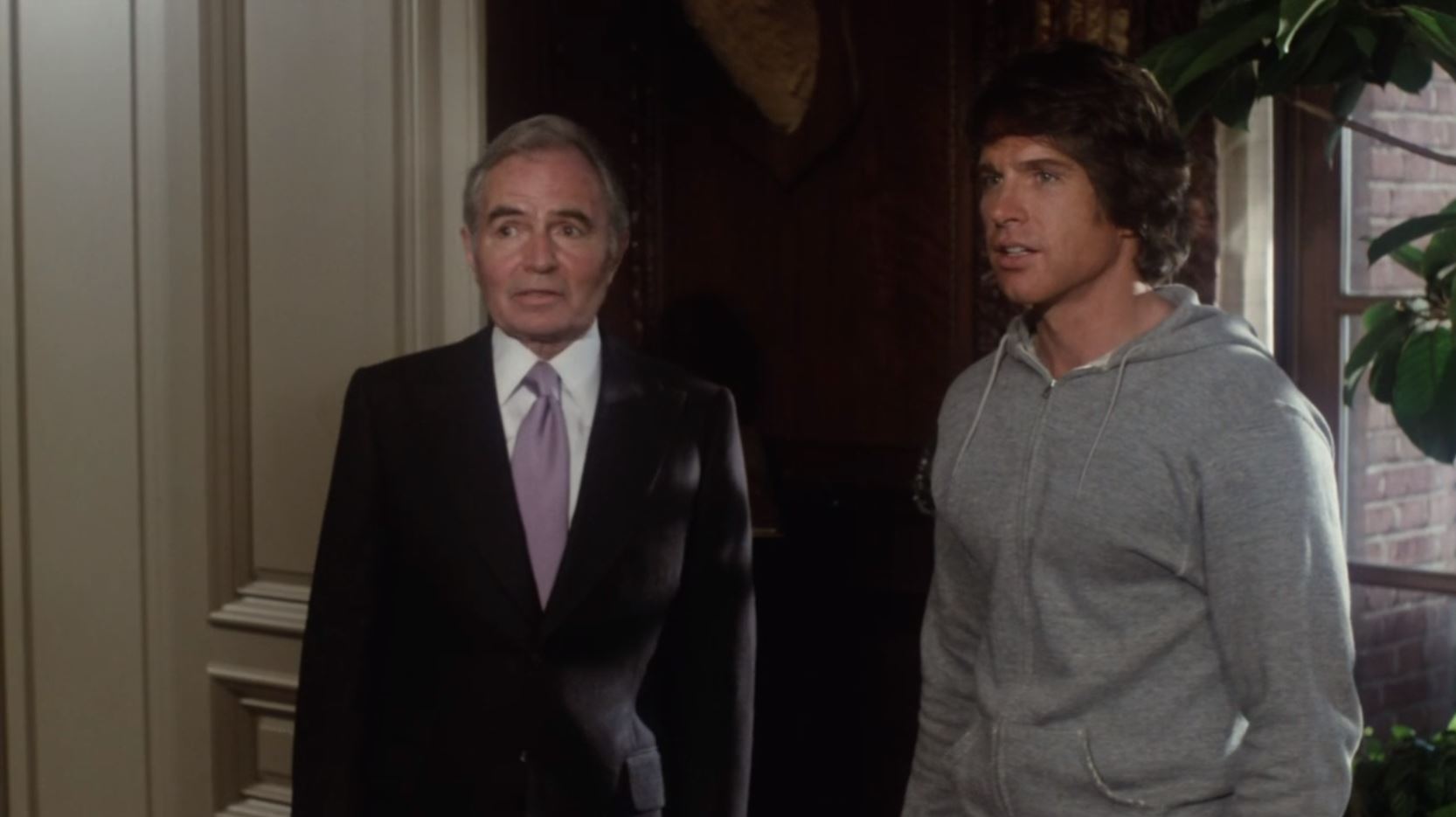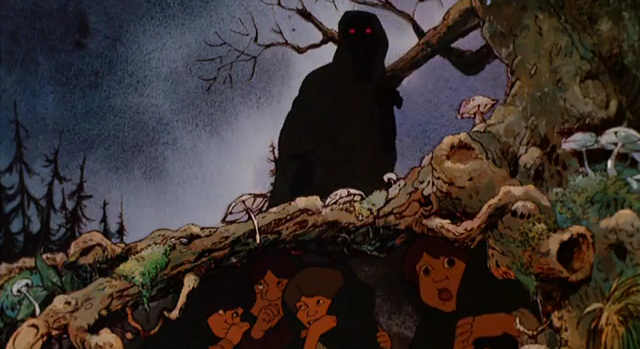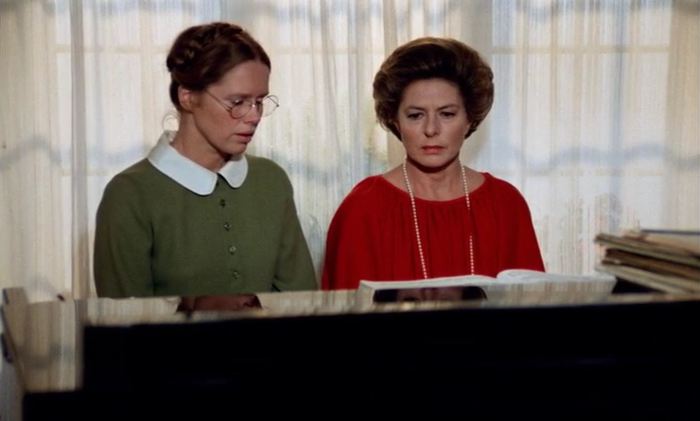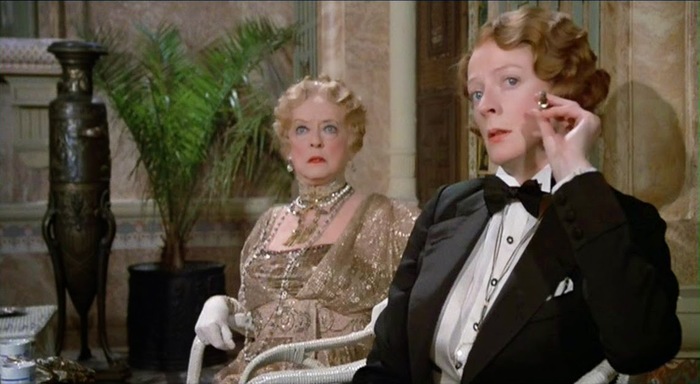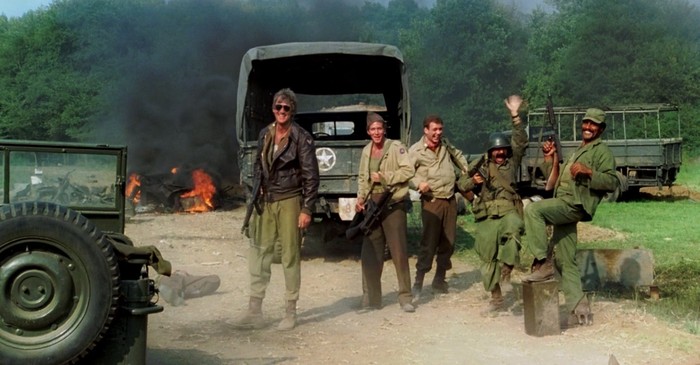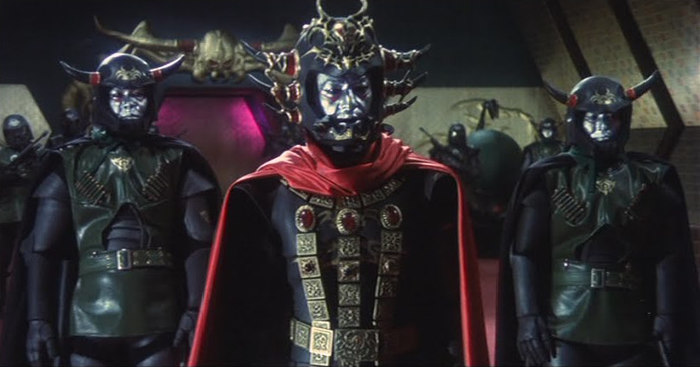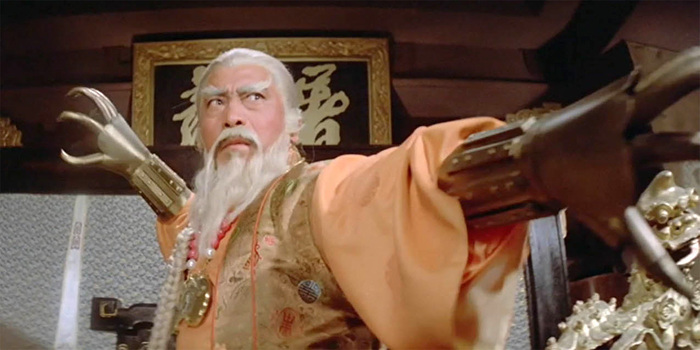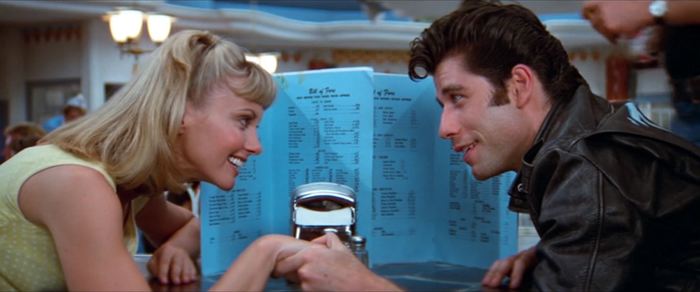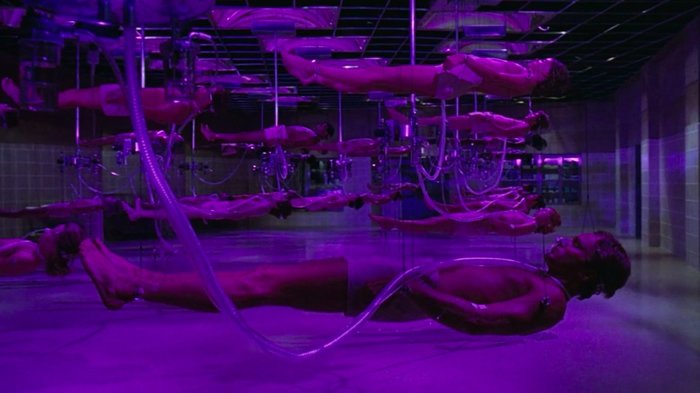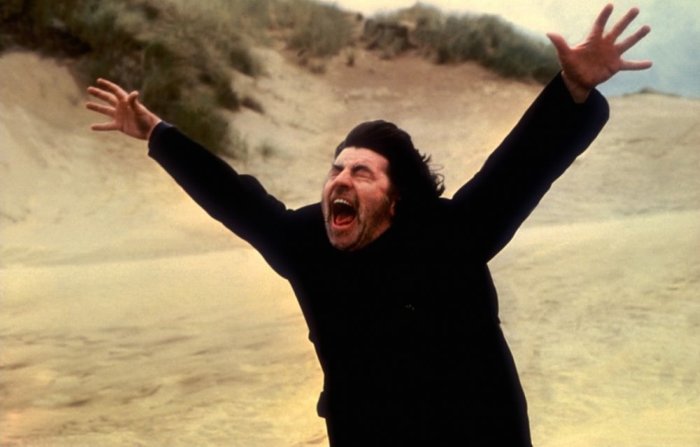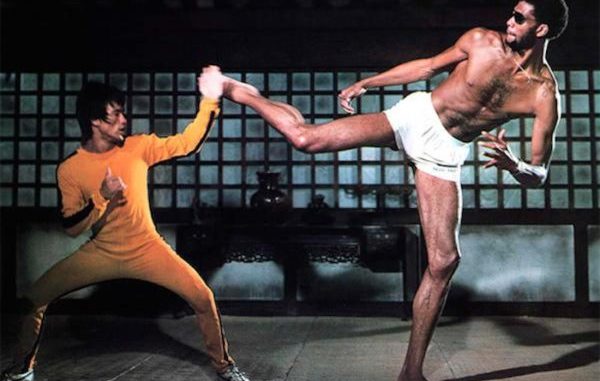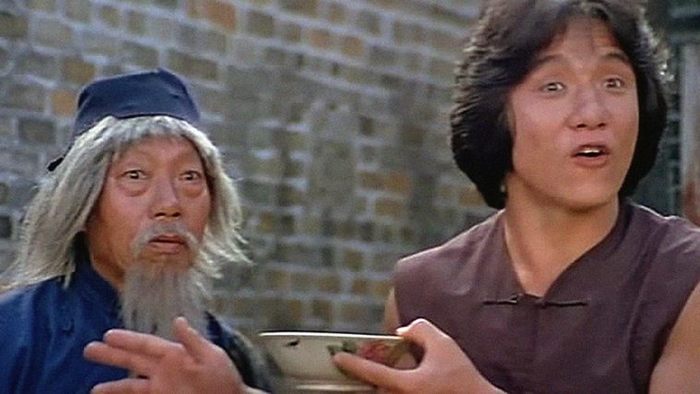The Horror Films of 1978
About a year ago, I embarked on the 1978 Project, a deep dive into the films of a single year (guess which one?!) There were indeed some horror heavy hitters that year, including the likes of Halloween, Dawn of the Dead, Invasion of the Body Snatchers (the surprisingly good remake), and Magic. The problem here is that I’ve already seen all of those classics (some for the 6WH itself). Plus, I’ve already covered some of the smaller stuff too. Highlights include Coma, The Fury, and The Eyes of Laura Mars. So what we’re left with is obscure, but actually pretty interesting. I don’t think any of these will rival those classics, but I’m glad I caught up with them.
The Six Weeks of Halloween: Week 4 – The Horror Films of 1978
- White Zombies (Key & Peele)
- The Simpsons: Treehouse of Horror III: Dial Z for Zombie (Disney+ link, sorry)
- Honest Zombies (Robot Chicken)
The Grapes of Death – A woman gets stranded in mountainous wine country where there happens to be an outbreak of zombieism. That’s pretty much it, and I think you can fill in the rest. It’s an atmosphere-heavy, episodic film, with our heroine bumbling from one infected vineyard to the next, encountering people in all stages of the zombie sickness. Also, they’re french zombies, so there’s lots of angst and ennui to go around. Like most zombie movies, there’s some ham handed social commentary, this time it’s that pesticides are, like, really bad. It feels a bit tacked on, with bits at the very beginning and end, like director Jean Rollin realized he had made a pretty simple zombie flick and needed to inject something “important” in there. Because zombies are the blankest of slates, it’s pretty easy to project whatever thematic elements you want onto the story. So a quick scene of people spraying pesticids and boom, you’ve got yourself an eco-terror flick.
I suppose I’m being a little hard on this movie, but it is actually quite well made. The landscapes and vistas in whatever wine region they filmed at are gorgeous and well photographed. The makeup and gore effects are also well done. The disease manifests as blister like welts all over the body which pulse and ooze and it’s all very gross (as it should be). It’s not exactly Dawn of the Dead (which features some of Tom Savini’s best effects), but it gets the job done.
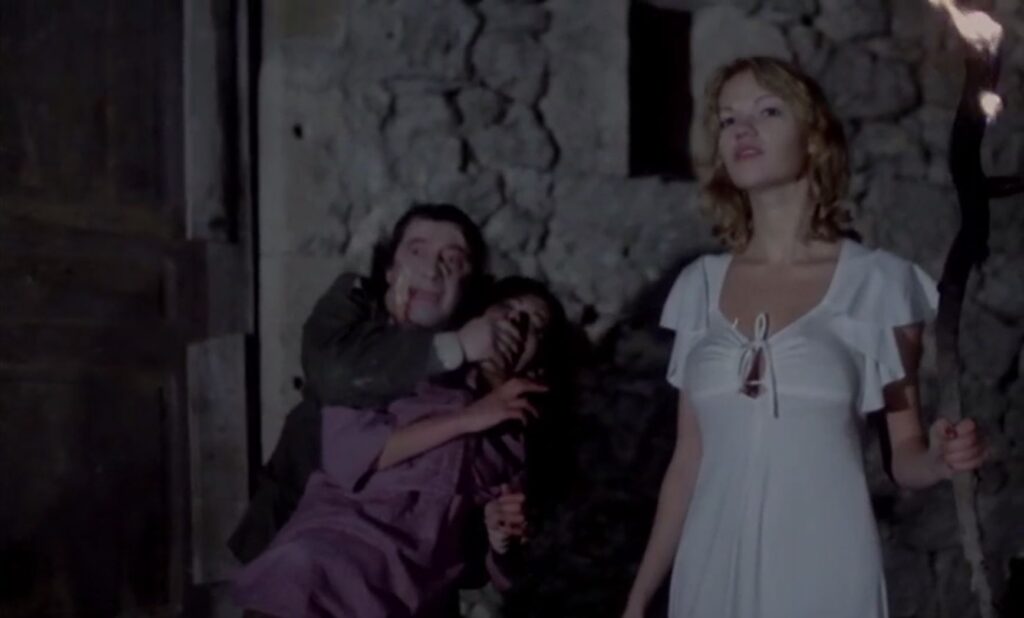
Like a lot of episodic films, some of the episodes are better than others. There is one sequence where Brigitte Lahaie is a sorta uninfected queen of the zombies. It doesn’t make a lot of sense, but the dreamlike atmosphere is effective and, like, Brigitte Lahaie is nice to look at too. (Apparently she was an adult films actress who successfully made the transition to mainstream.) Ultimately, it’s par for the zombie course. If you’re into that sort of thing, you may like the uncommon French arthouse aesthetic applied to the usual low-art zombie tale. I found myself respecting the film on an intellectual level without getting too worked up. **1/2
- Shining (Fake Trailer)
- The Simpsons: Treehouse of Horror V: The Shinning (Disney+ link, sorry)
- The Evil Dead (Japanese trailer)
The Evil – A doctor buys an old dilapidated mansion with the intention of renovating it for his practice. To help clean the place up, he enlists friends and volunteers. Naturally, there’s a reason the place hasn’t been occupied for decades and our hapless heroes get trapped in the house by an unseen malevolence.
This starts out as pretty standard, by-the-books haunted house stuff. A little slow to start, but it picks up once the ghost starts his attacks. He seems to enjoy setting people on fire, but there are some other methods mixed in for good measure. Richard Crenna plays the stubborn, unbelieving doctor and gets plenty of opportunities to overact. Some other members of the cast, notably Andrew Prine, try their best to keep up with Crenna’s hammy performance and mostly succeed. Joanna Pettet plays Crenna’s wife, who is a little more open-minded and figures out what’s going on pretty quickly. Which is fortunate, because Crenna’s pig-headed character is pretty much the cause of most of the problems.
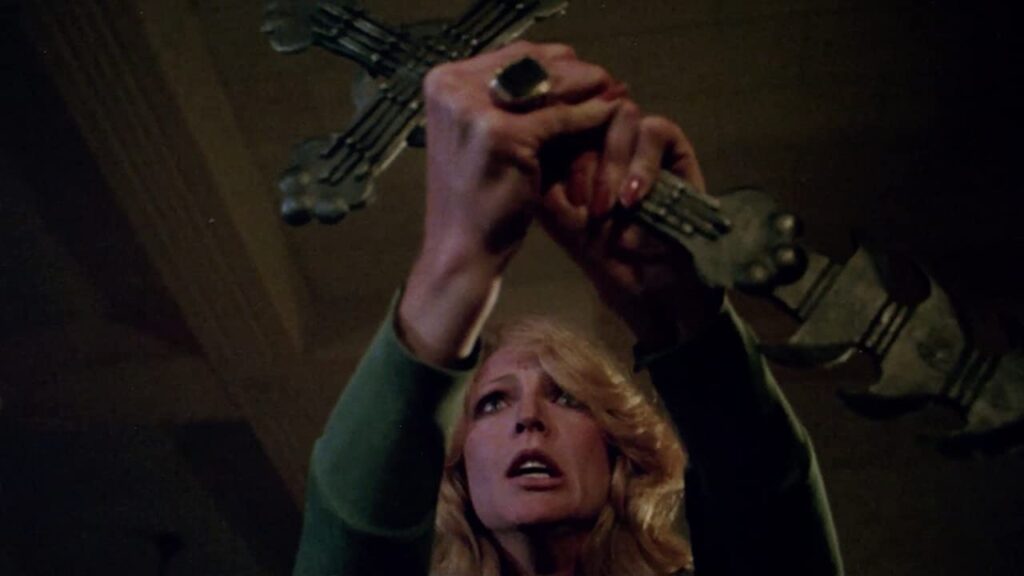
For most of the movie, I was thinking that this was fine, but it needed an extra little something to push it over the edge into “good” territory. Until the ending, which goes a little off the rails into batshit bonkers territory. In, uh, a good way. I won’t spoil it, but it’s the sort of thing that will either work for you or make you burst out laughing. Either way, it helps make the movie something a little more unique, even if there are better evil-locked-in-its-prison stories out there. It’s a love it or hate it ending that will make or break the film for you. Fortunately, I kinda loved it. I just wish it didn’t take so long to get there. **1/2
- Lucy, Daughter of the Devil (short)
- Werewolf Women of the S.S. (fake trailer – extended edition)
- The Omen (trailer)
The Legacy – An architect heads to England for a mysterious job with her boyfriend. They stumble into a sprawling mansion in the English countryside where a rich patriarch has assembled the potential heirs to his legacy. His… satanic legacy! This is an odd, messy little movie that doesn’t entirely make sense… but I do kinda like it? It has a pretty great cast and is directed by Richard Marquand, he of Return of the Jedi. I can’t say as though he’s a groundbreaking auteur or anything, but he’s competently shot a visually interesting little film.
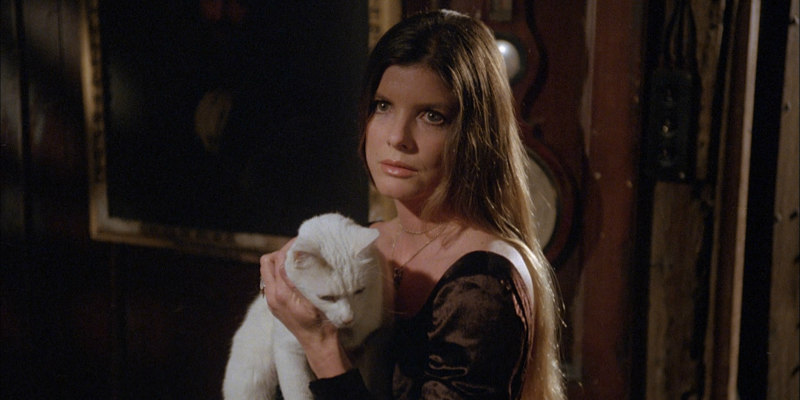
It’s got lots of fun elements. Wealthy satanists! Nazi factory owners! A sinister nurse who is also somehow a cat?! Actually, lots of cats! Cats galore! A sensitive 70s horror movie theme song! Crossbows?! Rings that, once put on, won’t come off! The smoldering power couple of Stepford Wife Katharine Ross and Roadhouse bouncer Sam Elliot! Wait a sec, is that… Roger Daltrey from The Who?! Did… did he just choke to death on a ham bone?! You bet he did!
Look, I’m not sure if this is a “good” movie, but it sure is a strange agglomeration of haunted house movies, satanists, kinda reminiscent of The Omen (without any evil kids), you know, that sort of thing. The ending here isn’t quite as banana-pants as The Evil, but it is certainly an eye opener and the whole thing is all just very 1970s. I certainly had fun with it, but your mileage may vary. **1/2
So there you have it. Keep an eye out for Wednesday’s post where we’ll cover a couple more 1978 movies. I’m sure I’ll also have a couple others in the traditional Speed Round at the end of the Six Weeks marathon as well…
